Address
304 North Cardinal St.
Dorchester Center, MA 02124
Work Hours
Monday to Friday: 7AM - 7PM
Weekend: 10AM - 5PM
Laser welding is a high-precision and efficient welding process that uses a focused laser beam to join two or more materials together. The principle of laser welding is based on the interaction of a highly concentrated laser beam with the workpiece material. Here are the key principles and steps involved in laser welding:
1. Laser Source: Laser welding uses a high-energy, coherent light source, typically a laser, which can be of various types such as CO2, Nd:YAG, fiber lasers, or diode lasers. The choice of laser depends on the specific welding application and material.
2. Focusing Optics: The laser beam is directed and focused onto the workpiece using optical components such as lenses and mirrors. The goal is to concentrate the laser energy into a small and precise spot, typically in the range of micrometers to millimeters, depending on the application.
3. Absorption: When the focused laser beam strikes the workpiece, it is absorbed by the material’s surface. The energy from the laser beam is converted into heat, causing localized melting and vaporization.
4. Melting and Weld Pool Formation: The absorbed energy raises the temperature of the workpiece at the focal point, leading to the formation of a molten pool. This molten pool cools and solidifies rapidly to create a weld joint. The precise control of the laser beam allows for accurate and narrow welds with minimal heat-affected zones.
5. Shielding Gas: In some laser welding processes, a shielding gas is used to protect the molten weld pool from atmospheric contamination, such as oxidation and nitriding. The choice of shielding gas depends on the materials being welded.
6. Weld Speed and Beam Power Control: The speed at which the laser beam travels along the joint, as well as the power of the laser beam, can be adjusted to control the depth and width of the weld. Higher power levels and slower travel speeds create deeper and wider welds.
7. Automation: Laser welding can be performed manually, but it is often automated to ensure consistent and high-quality welds. CNC (Computer Numerical Control) systems are used to precisely control the movement of the laser head and the welding parameters.
8. Post-processing: After welding, the weld may require post-processing steps such as cleaning, inspection, and heat treatment, depending on the specific application and material.
Laser welding is widely used in various industries, including automotive, aerospace, electronics, and medical device manufacturing, due to its precision, speed, and the ability to weld a wide range of materials, including metals and some plastics. It is a versatile and efficient method for producing high-quality welds with minimal distortion and heat-affected zones.
Laser welding machines come in various types, each designed to suit different welding applications and materials. The primary types of laser welding machines include:
1. CO2 Laser Welding Machine:
– CO2 (carbon dioxide) lasers produce laser beams in the mid-infrared range.
– They are often used for welding materials like metals, ceramics, and some plastics.
– CO2 lasers are versatile and can be used for both low and high-power applications.
2. Nd:YAG Laser Welding Machine:
– Nd:YAG (neodymium-doped yttrium aluminum garnet) lasers emit laser light in the near-infrared spectrum.
– They are suitable for welding metals, especially in applications that require high power and deep penetration welding.
– Nd:YAG lasers can be pulsed or continuous wave (CW), making them adaptable to various welding tasks.
3. Fiber Laser Welding Machine:
– Fiber lasers use optical fibers to deliver laser energy to the workpiece.
– They are highly efficient, compact, and offer precise control, making them suitable for various applications, including high-speed welding.
– Fiber lasers are commonly used for welding metals, such as steel and aluminum.
4. Diode Laser Welding Machine:
– Diode lasers use semiconductor diodes as the laser source.
– They are often used for low to medium-power welding tasks, including plastics and thin metal welding.
– Diode lasers are known for their energy efficiency and reliability.
5. Pulsed Laser Welding Machine:
– Pulsed lasers, regardless of the type (CO2, Nd:YAG, fiber, or diode), operate in a pulsed mode.
– Pulsed lasers are suitable for applications where precise control of energy and heat input is necessary, such as welding thin materials, fine welding, and micro-welding.
6. Continuous Wave (CW) Laser Welding Machine:
– CW lasers produce a continuous beam of laser energy.
– They are used for applications requiring high-power and deep penetration welding, especially in thicker materials.
– CO2 and fiber lasers are commonly used as CW laser sources.
7. Handheld Laser Welding Machine:
– These portable devices are designed for manual or semi-automated welding applications.
– They are commonly used for on-site or repair welding tasks where mobility and accessibility are crucial.
8. Robotic Laser Welding Machine:
– Robotic laser welding systems integrate industrial robots with laser welding technology.
– They are used for high-precision, automated welding in industries like automotive, aerospace, and manufacturing.
9. Micro Laser Welding Machine:
– Micro laser welding machines are specialized for welding small and delicate parts, often at a microscopic level.
– They are used in industries like electronics and medical devices.
The choice of laser welding machine depends on the specific application, material, power requirements, and other factors like precision and automation needs. Each type of laser welding machine offers unique advantages and is suitable for different welding scenarios.
Laser welding is widely used in the metal welding industry due to its precision, speed, and ability to produce high-quality welds with minimal distortion and heat-affected zones. Here are some common applications of laser welding in the metal welding area:
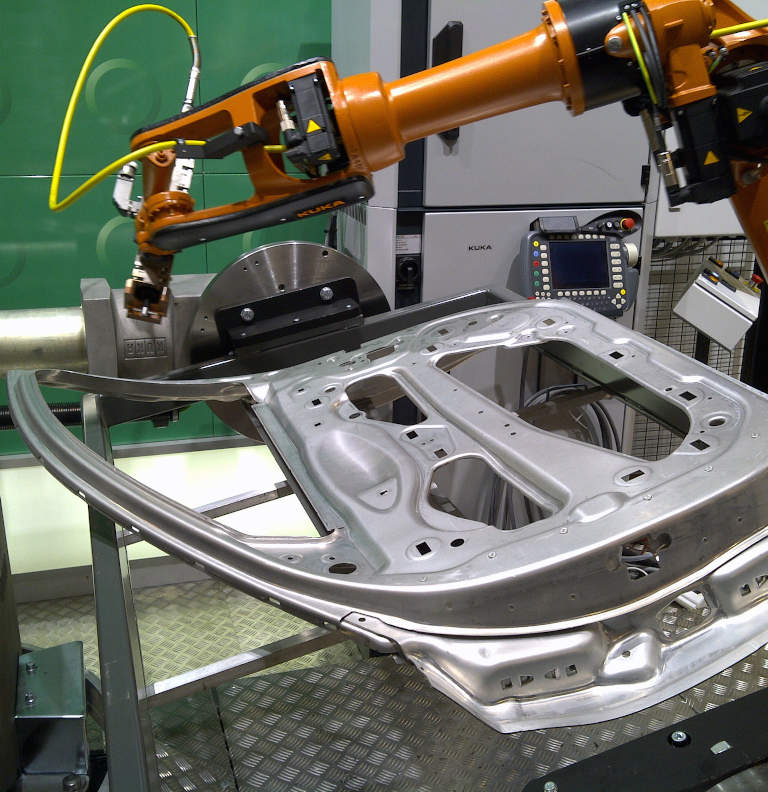
– Laser welding is extensively used in the automotive industry to join various metal components, such as body panels, exhaust systems, and engine components.
– It allows for precise and strong welds in critical areas, contributing to the structural integrity and safety of vehicles.
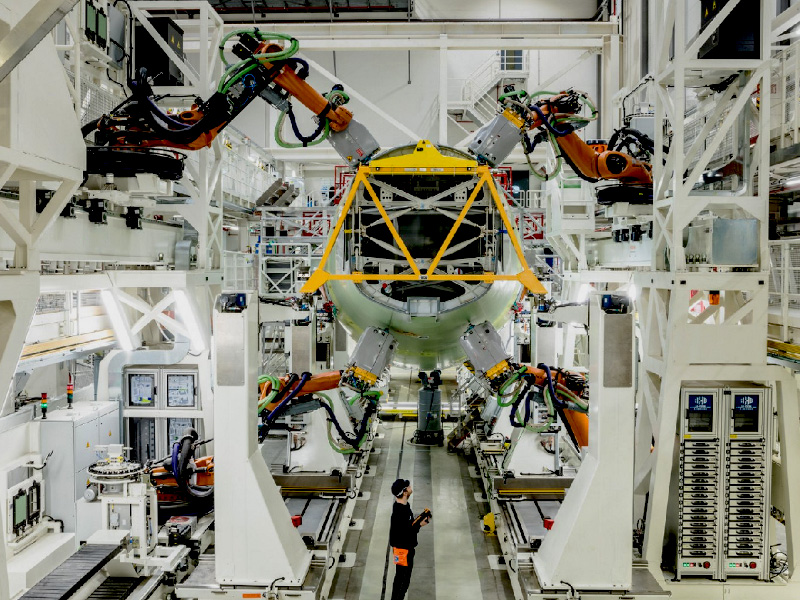
– Laser welding is employed in the aerospace industry for the assembly of aircraft components, including turbine blades, fuel nozzles, and fuselage sections.
– It meets the high-quality standards and specifications required for aerospace applications.
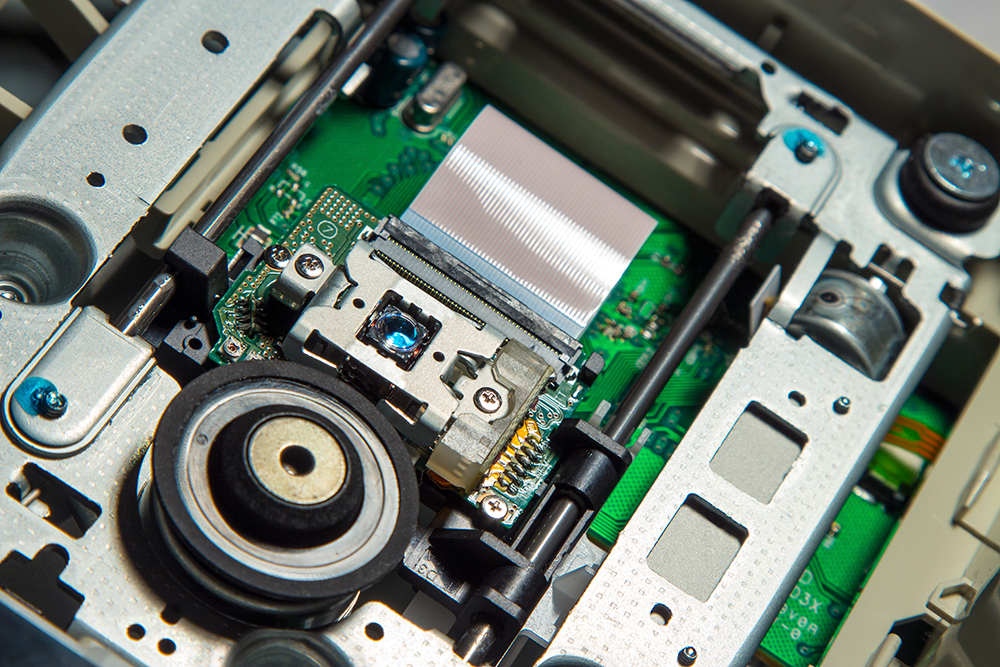
– Laser welding is used to join tiny metal components in the electronics industry, including micro-connectors, sensors, and fine wires.
– The precision and minimal heat input help avoid damage to sensitive electronic components.
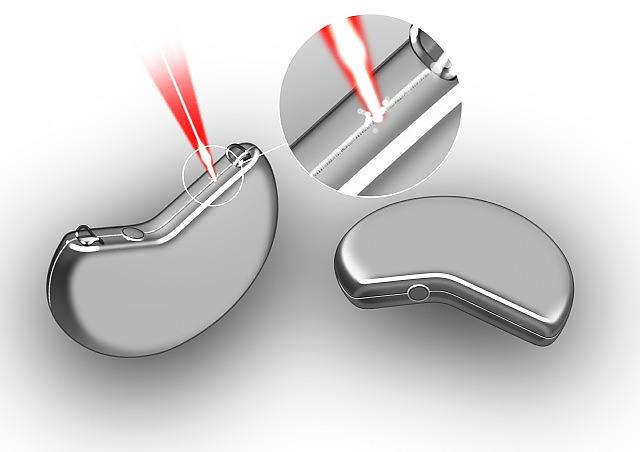
– Medical device manufacturers use laser welding to create hermetic seals in metal components for devices like pacemakers, surgical instruments, and dental implants.
– The precision and cleanliness of laser welding are crucial for medical applications.
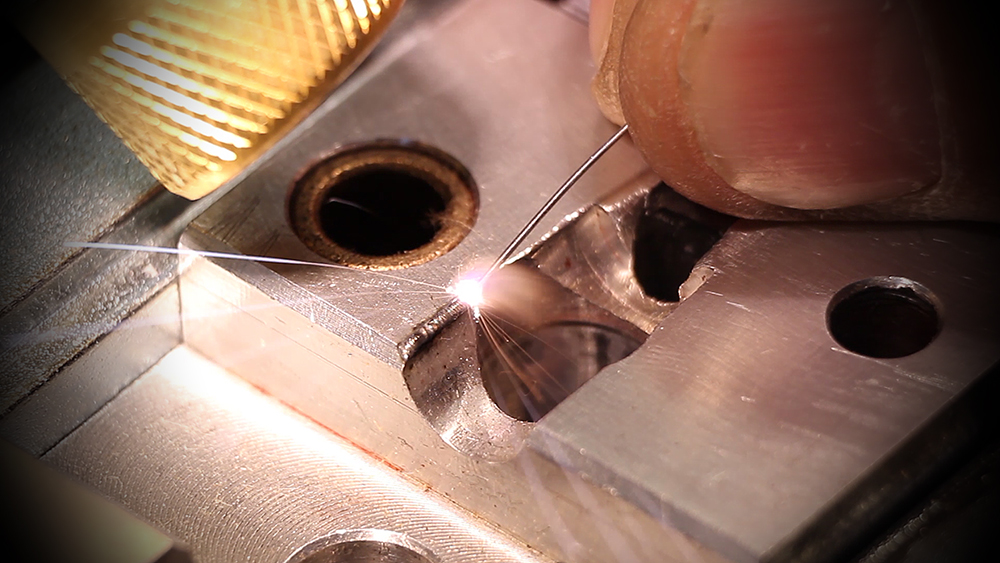
– Laser welding is employed to repair and modify metal molds, dies, and tooling used in various manufacturing processes.
– It extends the lifespan of these expensive tools and ensures high precision.
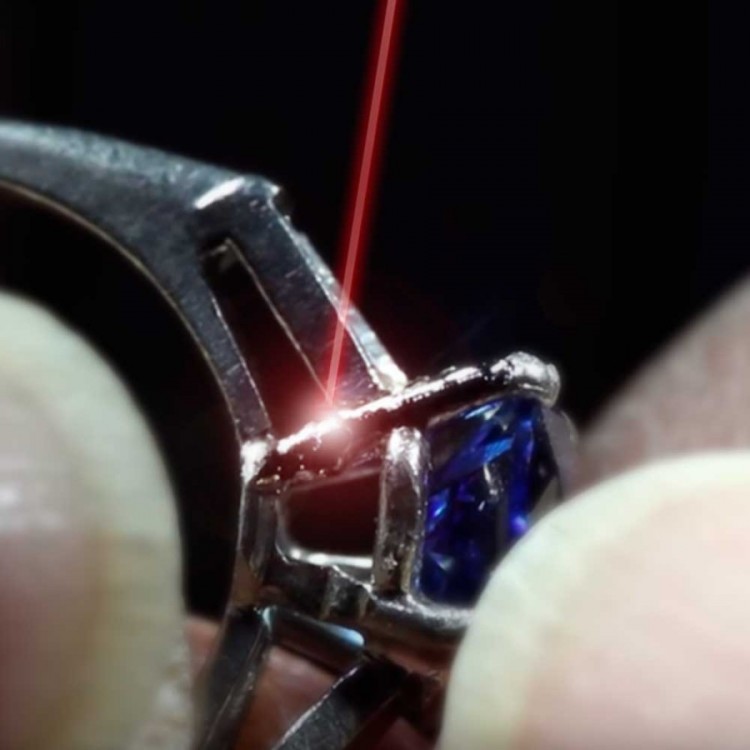
– Laser welding is used in the jewelry industry to join precious metals, repair fine jewelry, and create intricate designs with minimal heat distortion.
– It provides high-quality, aesthetically pleasing welds.
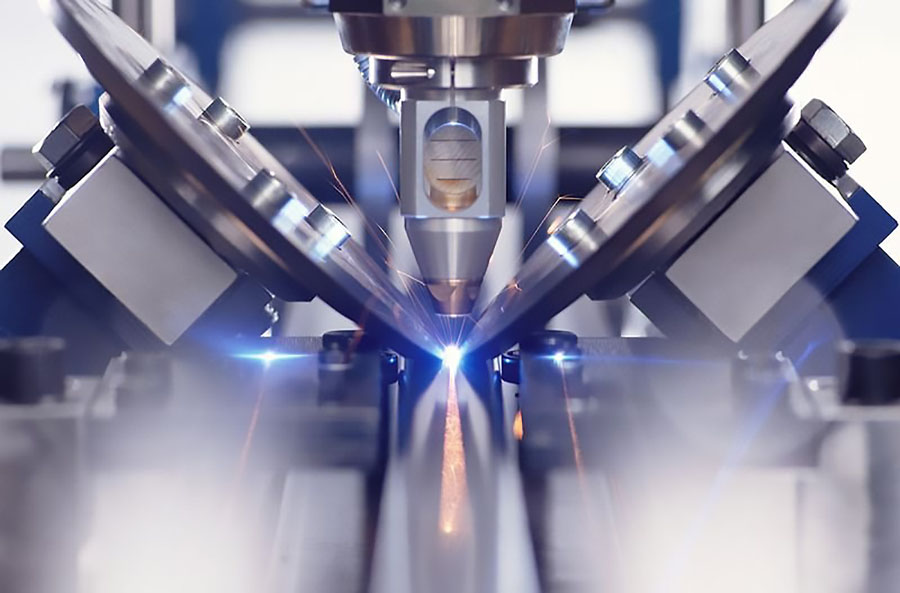
– In industries like oil and gas, laser welding is used to create precise and leak-free joints in pipes and tubes for pipelines and structural applications.
– It offers efficient and high-strength connections.
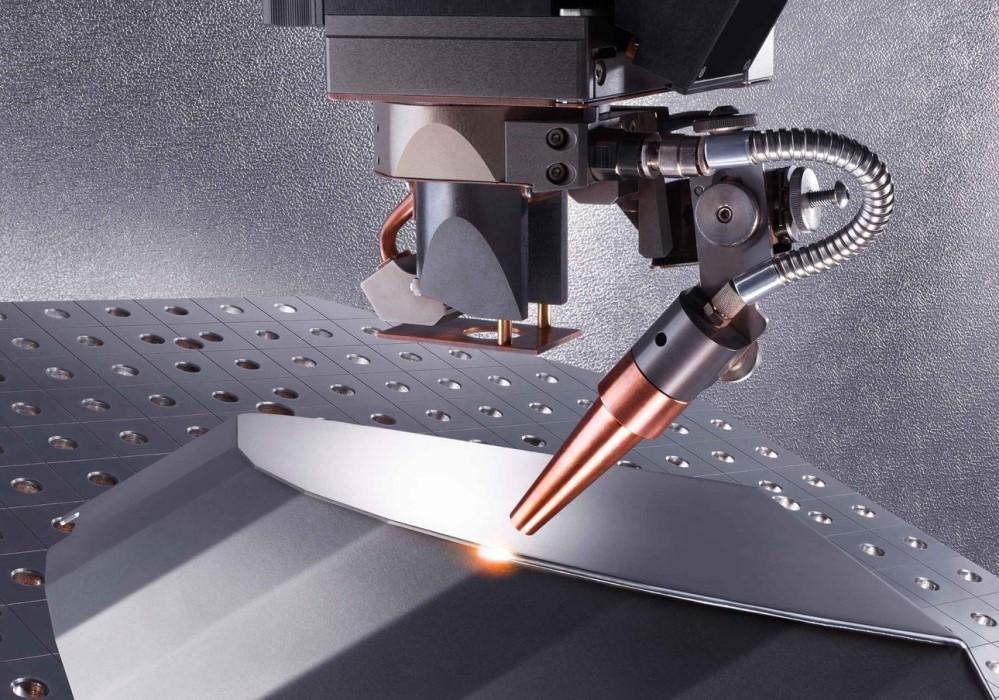
– Laser welding is used in sheet metal fabrication for applications such as making cabinets, enclosures, and architectural components.
– It enables rapid and clean welding, reducing the need for post-welding cleanup.
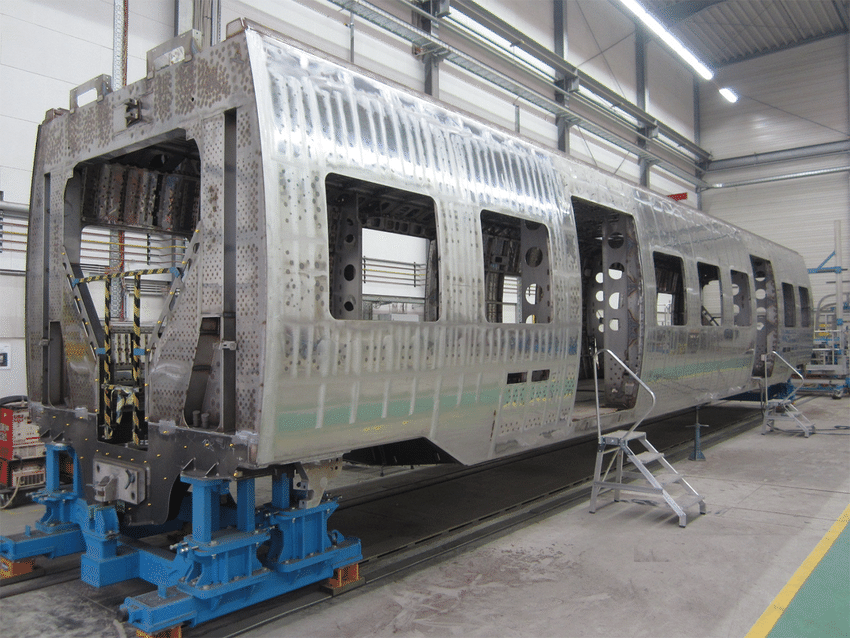
– Laser welding is utilized in the rail and transportation industry for the manufacture and repair of train components, including rail car bodies and engine parts.
– It ensures strong, durable welds.
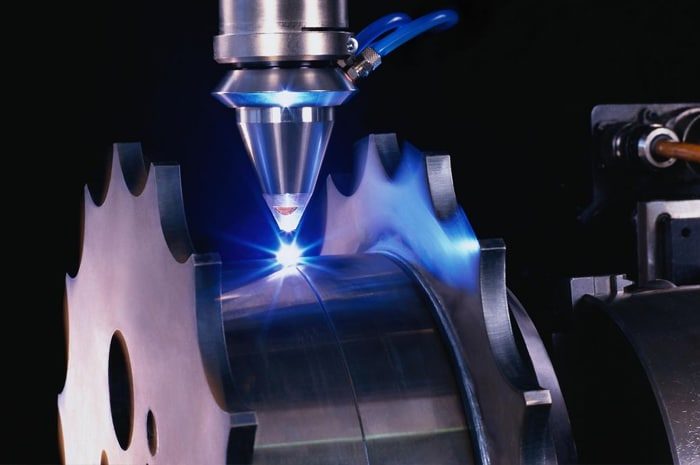
– In power plants and energy infrastructure, laser welding is used to join metal components in turbines, heat exchangers, and other equipment.
– The high precision and reliability of laser welding are critical in these applications.
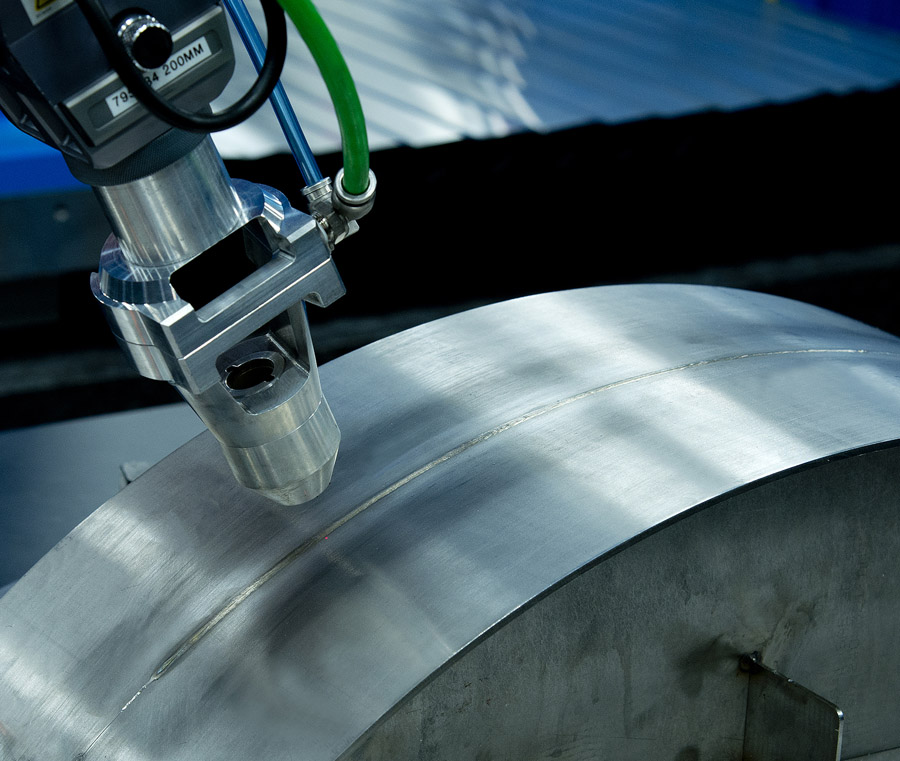
– Laser welding is used in the production of heavy machinery, such as construction equipment and agricultural machinery.
– It contributes to the structural integrity of these machines.
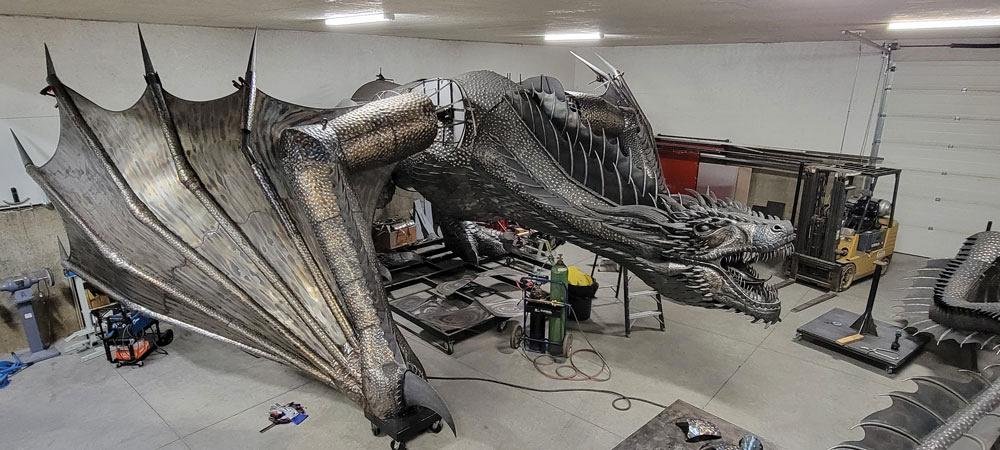
– Artists and sculptors use laser welding to create intricate metal sculptures and artwork, as it allows for detailed and clean welds in various metal types.
Handheld laser welding machine
Automatic laser welding machine
Robot laser welding machine
More industry laser welding solutions….
